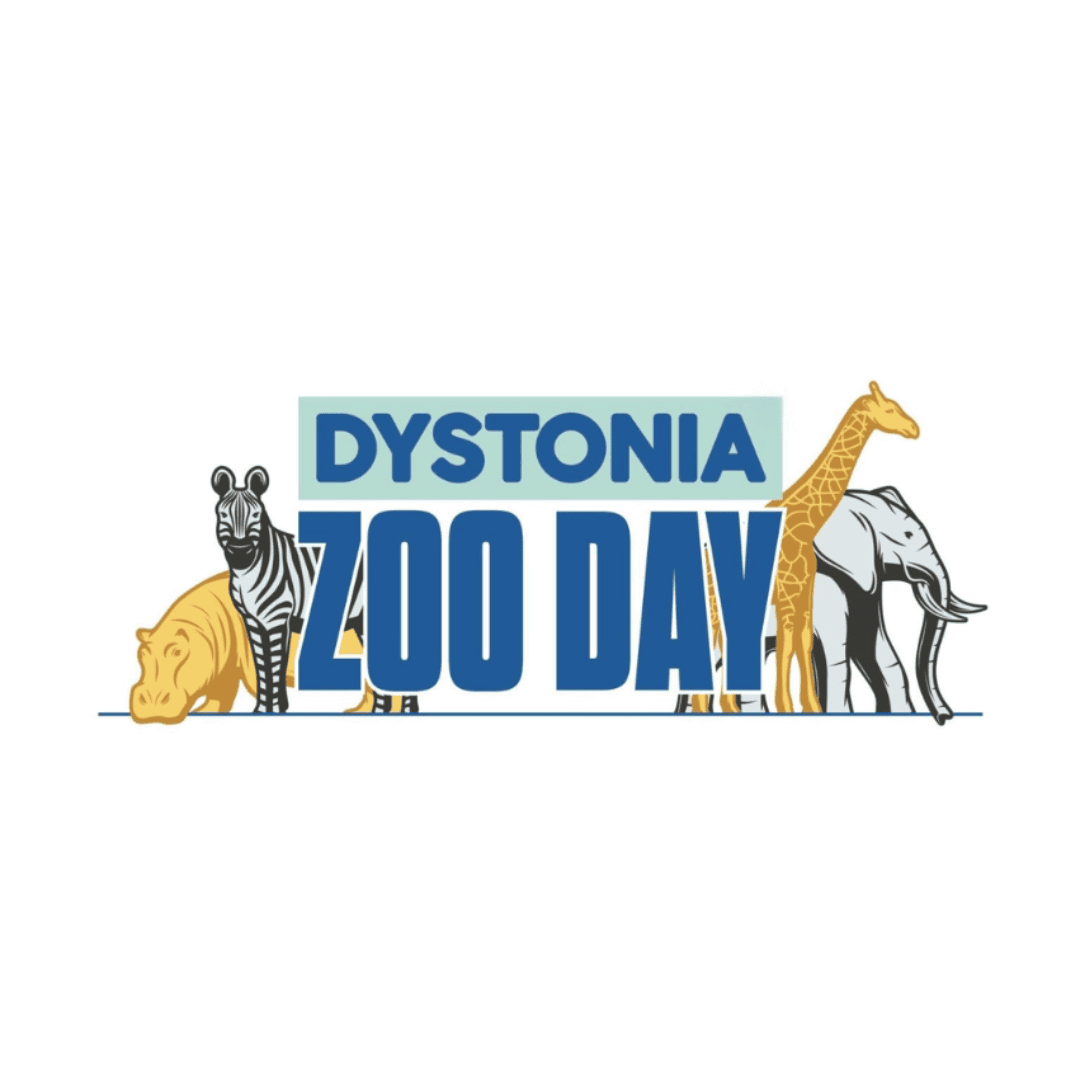
Arkansas July Fundraiser in Support of DMRF
William’s dystonia journey did not become obvious until he was four years old, when he started having trouble walking. It appeared some days as a limp and at other times






DMRF Hosts Workshop on Dystonia Penetrance
The DMRF organized a scientific workshop on the Mechanisms of Reduced Penetrance in Dystonia in Helsinki, Finland on June 19-21. Dystonia penetrance refers to the percentage of individuals with a specific genetic mutation who develop dystonia. The workshop was co-chaired by Christine Klein, MD from the University of Lübeck and Christopher Pearson, PhD from the University of Toronto and included leading clinicians and researchers in the field. The goal of the meeting was to deepen scientists’ understanding of the causes and mechanisms of reduced penetrance in dystonia, as well as evaluate existing and identify new research strategies.
Latest Developments

William’s dystonia journey did not become obvious until he was four years old, when he started having trouble walking. It appeared some days as a limp and at other times

The Dystonia Medical Research Foundation is welcoming six new members to the Medical and Scientific Advisory Council this year. We look forward to working with them and having them as

Summertime is a time of community, support and awareness for those living with dystonia. By Janet Hieshetter, Executive Director, Dystonia Medical Research Foundation Memorial Day is traditionally the start of
The Dystonia Medical Research Foundation (DMRF) prides itself on a long history of supporting and stimulating dystonia research
Dystonia Community
How You Can Help

There are many benefits to joining a dystonia support group. Find the support group nearest you and enjoy the rewards.

You can connect with others in the dystonia community who are committed to making a difference. Getting involved is empowering.

The Dystonia Medical Research Foundation (DMRF) has stood up for the dystonia community since 1976. Join us in our global effort to find a cure.
Copyright ©2025 Dystonia Medical Research Foundation | All Rights Reserved.